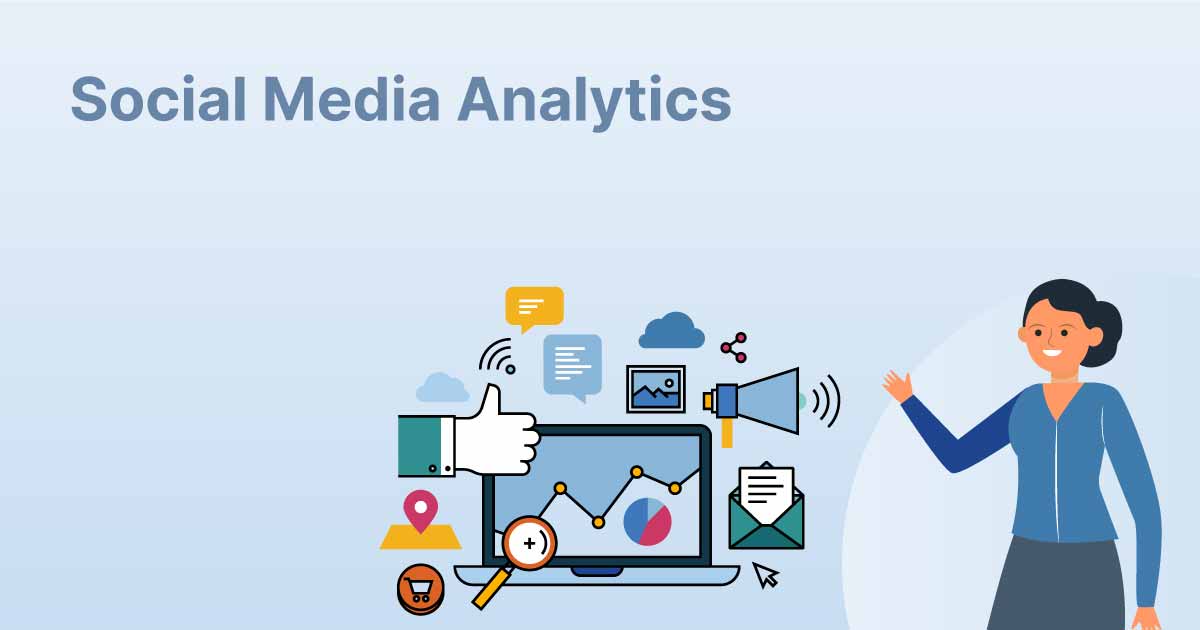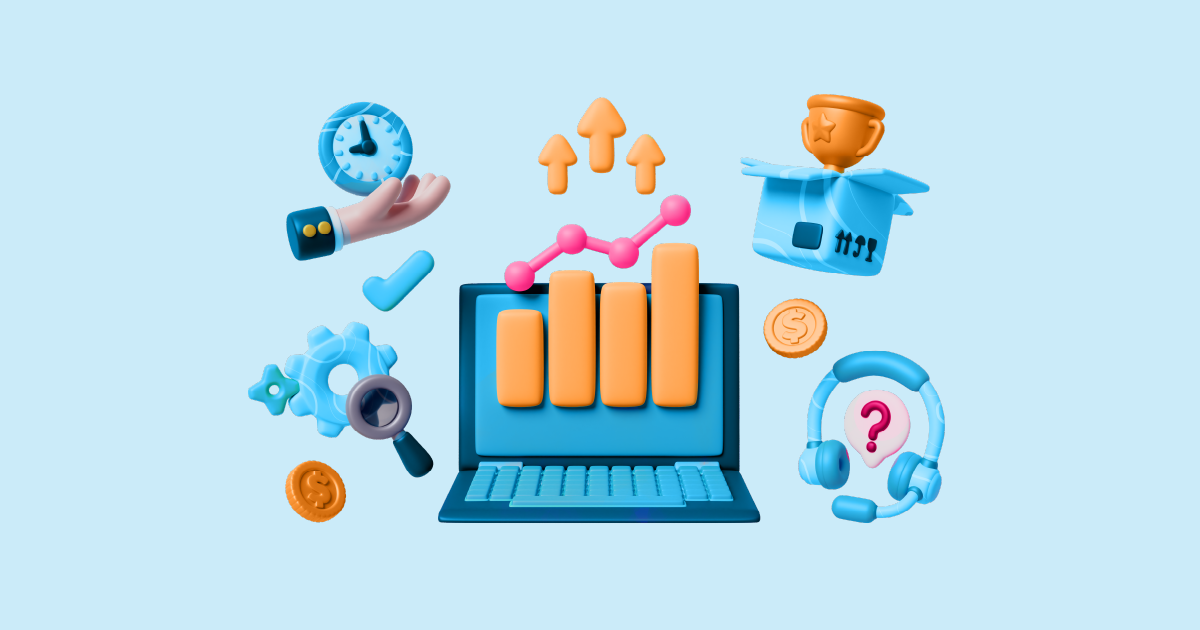In today’s digital world, where social media platforms have become an integral part of daily life, understanding the dynamics of these networks is crucial for businesses. This is where social networks analytics steps in—a powerful tool that not only helps businesses understand their audience but also shapes strategies that drive growth and engagement. But what exactly is social networks analytics, and why is it so important? Let’s dive in.
What is Social Networks Analytics?

Social networks analytics refers to the process of collecting, analyzing, and interpreting data from social media platforms to make informed decisions. Unlike traditional analytics, which often focuses on website traffic or sales data, social networks analytics digs deeper into user behavior, sentiment, and interactions on social media. It’s about understanding what people are saying, how they’re saying it, and how these conversations impact your brand.
The Role of Social Networks Analytics in Business
In today’s competitive market, businesses can’t afford to ignore the insights that social networks analytics provides. It plays a pivotal role in enhancing customer engagement by allowing businesses to understand their audience’s preferences, interests, and pain points. This data is gold for shaping marketing strategies that resonate with your target audience, ultimately driving more effective campaigns.
Key Metrics in Social Networks Analytics
When diving into social networks analytics, there are several key metrics you need to keep an eye on:
- Engagement Rate: This measures the level of interaction your content receives, including likes, shares, comments, and clicks.
- Reach and Impressions: Reach indicates how many unique users have seen your content, while impressions count the total number of times your content is displayed.
- Sentiment Analysis: This metric helps gauge the emotional tone behind social media mentions of your brand, whether positive, negative, or neutral.
- Conversion Rates: This tracks how many users took a desired action after interacting with your content, such as signing up for a newsletter or making a purchase.
Social Networks Analytics Tools
Several tools are available to help you make sense of the vast amount of data generated by social media platforms. Some of the most popular include:
- AIM Insights: Known for its comprehensive dashboard that tracks multiple social media accounts and provides detailed analytics.
- Sprout Social: Offers in-depth reports and insights, particularly strong in sentiment analysis.
- Google Analytics: While traditionally a website analytics tool, it also provides insights into social traffic and user behavior.
Choosing the right tool depends on your specific needs, whether it’s detailed sentiment analysis, real-time monitoring, or comprehensive reports.
How Social Networks Analytics Supports Decision-Making
Social networks analytics isn’t just about tracking likes and shares; it’s about turning data into actionable insights. With the help of data-driven insights, businesses can make informed decisions that align with their goals. Predictive analytics, for example, can forecast trends and consumer behavior, while real-time monitoring helps businesses stay agile in their response to market changes.
The Impact of Social Networks Analytics on Marketing Campaigns
Social networks analytics has revolutionized marketing campaigns. It allows businesses to target the right audience with personalized content, measure the effectiveness of their campaigns, and optimize their ad spend. By analyzing which posts perform best, businesses can refine their strategies to maximize engagement and conversion rates.
Challenges
Despite its many benefits, social networks analytics comes with its challenges. Data privacy is a significant concern, as businesses must navigate regulations like GDPR to ensure they’re handling user data responsibly. Additionally, the sheer volume of data can be overwhelming, making it difficult to extract meaningful insights. Integrating data across different platforms also poses a challenge, as each platform has its own metrics and algorithms.
Best Practices for Social Networks Analytics
To get the most out of social networks analytics, businesses should follow these best practices:
- Set Clear Objectives: Know what you want to achieve with your analytics, whether it’s increasing brand awareness or driving sales.
- Regularly Review Metrics: Analytics is not a one-and-done task; it requires ongoing monitoring and adjustment.
- Leverage AI and Machine Learning: These technologies can help you process large datasets and uncover patterns that might be missed by the human eye.
Future Trends
The field of social networks analytics is rapidly evolving, with emerging trends like AI and big data playing an increasingly important role. As these technologies advance, we can expect analytics to become even more precise, allowing businesses to predict consumer behavior with greater accuracy. In the next decade, social networks analytics will likely become an indispensable tool for businesses of all sizes.
Case Studies
To illustrate the power of social media analytics, let’s look at a couple of success stories:
- Brand X: By using sentiment analysis, Brand X was able to identify and address customer pain points, leading to a 20% increase in customer satisfaction.
- Company Y: Leveraged predictive analytics to forecast trends, enabling them to launch a successful product ahead of their competitors.
Common Misconceptions
There are several misconceptions about social media analytics that can lead businesses astray. One common mistake is misunderstanding metrics—assuming that a high number of followers equates to success, when engagement is a far more critical indicator. Another misconception is overemphasizing vanity metrics like likes and shares, which don’t always translate into business results.
Integrating Social Media Analytics with Other Business Analytics
To get a holistic view of your business, it’s crucial to integrate social media analytics with other forms of business analytics. This alignment helps ensure that your social media goals are in sync with your overall business objectives, providing a more comprehensive understanding of your performance.
How to Get Started with Social Media Analytics
For those new to social networks analytics, getting started can be daunting. Here are a few steps to help you begin:
- Start Small: Focus on a few key metrics that align with your business goals.
- Use the Right Tools: Choose analytics tools that fit your needs and budget.
- Learn Continuously: Social media trends change rapidly, so it’s essential to stay updated with the latest best practices.
For experienced users, advanced strategies such as integrating AI tools or conducting A/B testing can further enhance your analytics efforts.
Conclusion
Social networks analytics is a powerful tool that can transform how businesses operate in the digital age. By understanding and leveraging the data available from social media platforms, businesses can make informed decisions, optimize their marketing efforts, and ultimately drive growth. As the field continues to evolve, staying ahead of trends and integrating new technologies will be key to success.
To see how social networks analytics can work for your business, request a demo from AIM Technologies today. Experience firsthand how our advanced analytics tools can provide you with the insights needed to stay ahead of the competition and make data-driven decisions that drive real results.
FAQs
- What is the primary purpose of social media analytics?
The primary purpose of social media analytics is to analyze data from social media platforms to understand user behavior, measure campaign performance, and gain insights that help businesses make informed decisions. - How can small businesses benefit from social media analytics?
Small businesses can benefit from social media analytics by gaining a deeper understanding of their audience, optimizing their marketing strategies, and improving customer engagement, all of which can lead to increased brand awareness and sales. - What are the common challenges faced in social media analytics?
Common challenges include managing large volumes of data, ensuring data privacy and security, integrating data from various platforms, and accurately interpreting metrics to drive actionable insights. - Can social media analytics predict consumer behavior?
Yes, social media analytics can help predict consumer behavior by analyzing patterns, trends, and sentiment within social media interactions, enabling businesses to anticipate customer needs and preferences. - What is the difference between social media analytics and social media monitoring?
Social media analytics involves analyzing data to gain insights and inform decisions, while social media monitoring focuses on tracking mentions, conversations, and brand sentiment in real-time. Analytics is more strategic, while monitoring is more tactical.




